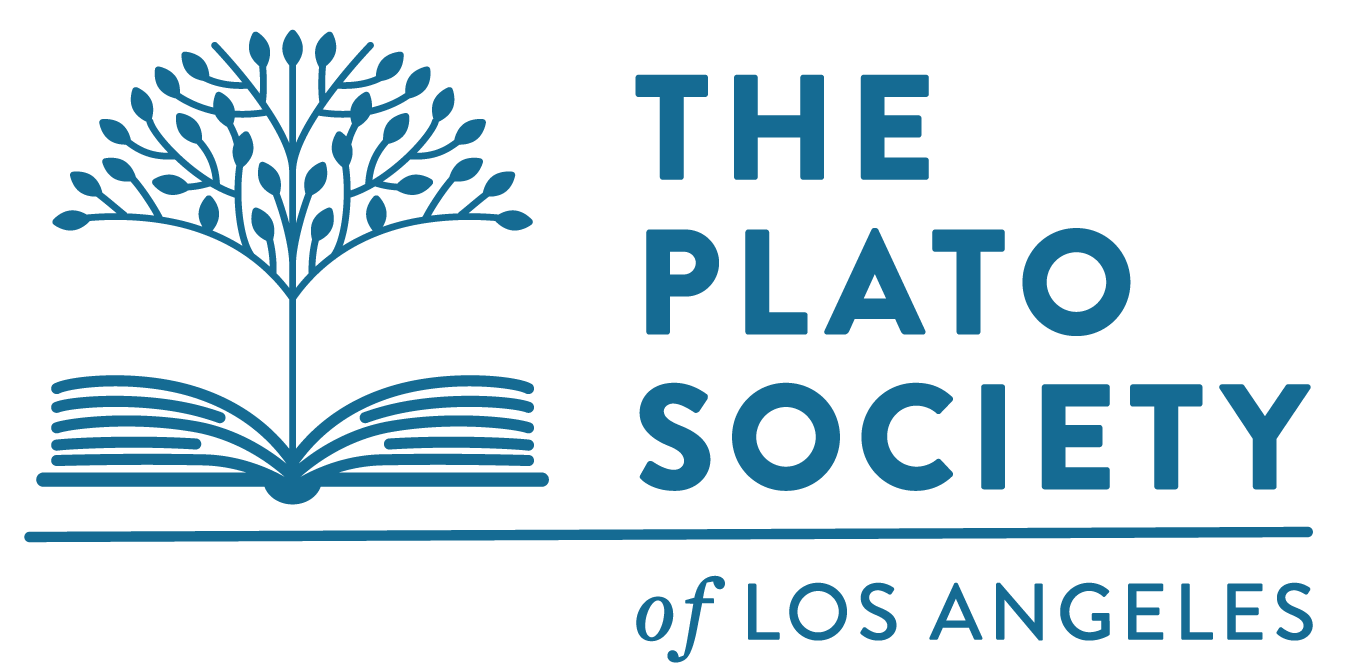From King Saul to Shakespeare’s Macbeth to Jules Verne’s Captain Nemo, we don’t lack for depictions of insanity. And, since the first diagnoses of “madness” and “insanity,” we have tried to cure and care for the mentally ill. But what, in the past, have we deemed “madness” and how is it connected with modern views on mental health? How has humanity reasoned and understood its existence throughout the course of history? From supernatural causes to unbalanced fluids to past-life trauma, all kinds of explanations for mental “abnormality” have been postulated.
Madness is part of the human experience. The history of how society deals with “madness” and mental health issues has, however, been less than glorious. People experiencing mental health problems were often pushed to the fringes of society, and even today their problems are largely ignored by politics and the media.
Our core book Madness in Civilization "takes readers from antiquity to today, painting a vivid and often harrowing portrait of the different ways that cultures around the world have interpreted and responded to the seemingly irrational, psychotic, and insane. From the Bible to Sigmund Freud, from exorcism to mesmerism, from Bedlam to Victorian asylums, from the theory of humors to modern pharmacology, the book explores the manifestations and meanings of madness, its challenges and consequences, and our varied responses to it. It also looks at how insanity has haunted the imaginations of artists and writers and describes the profound influence it has had on the arts, from drama, opera, and the novel to drawing, painting, and sculpture." (Amazon description)
Awards and Recognition of core book
Honorable Mention for the 2016 PROSE Award in Psychology, Association of American Publishers.
One of Kirkus Reviews' Best Nonfiction Books of 2015 in History.
One of the New York Post's Favorite Books of 2015.
One of Paste Magazine's 30 Best Nonfiction Books of 2015.








